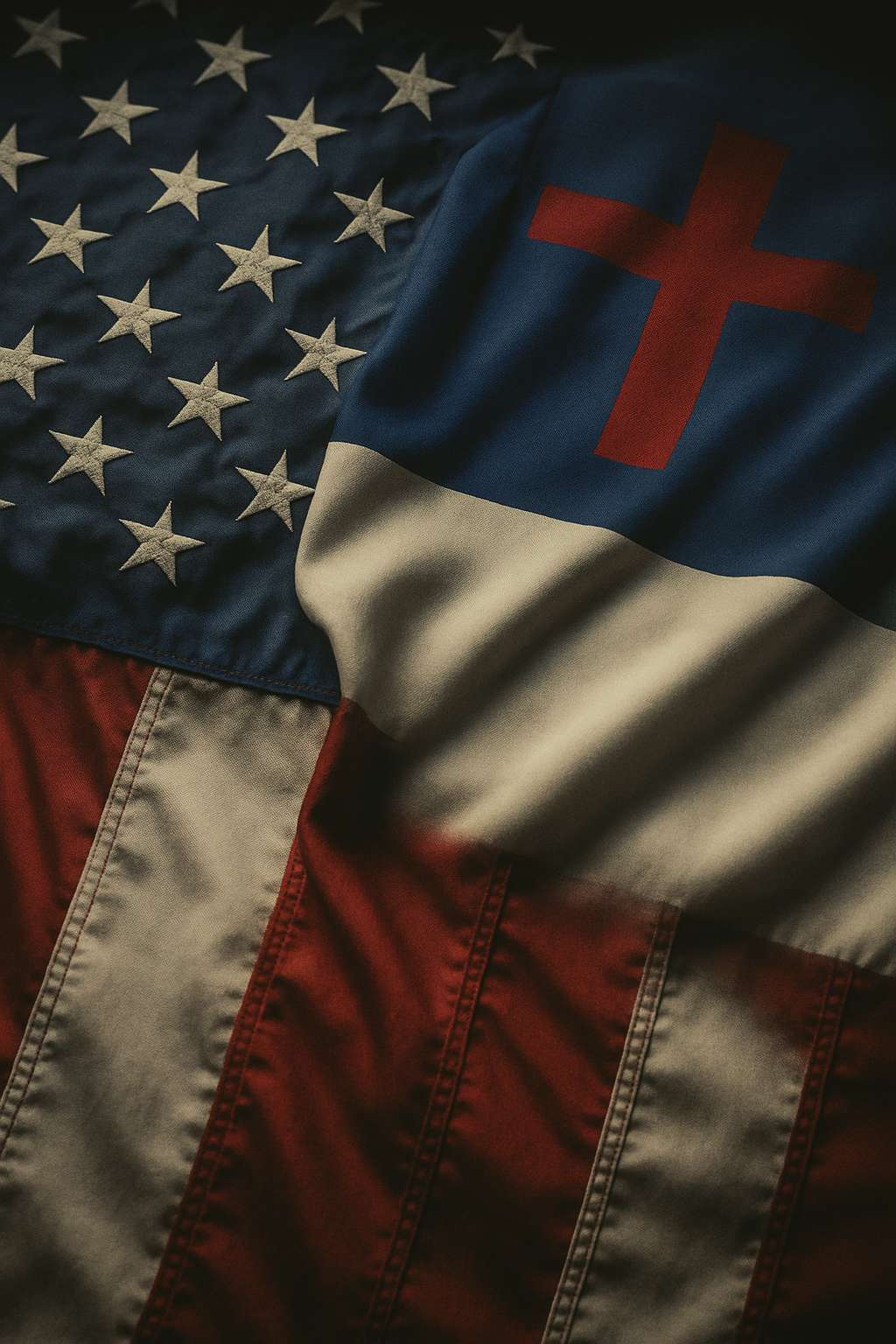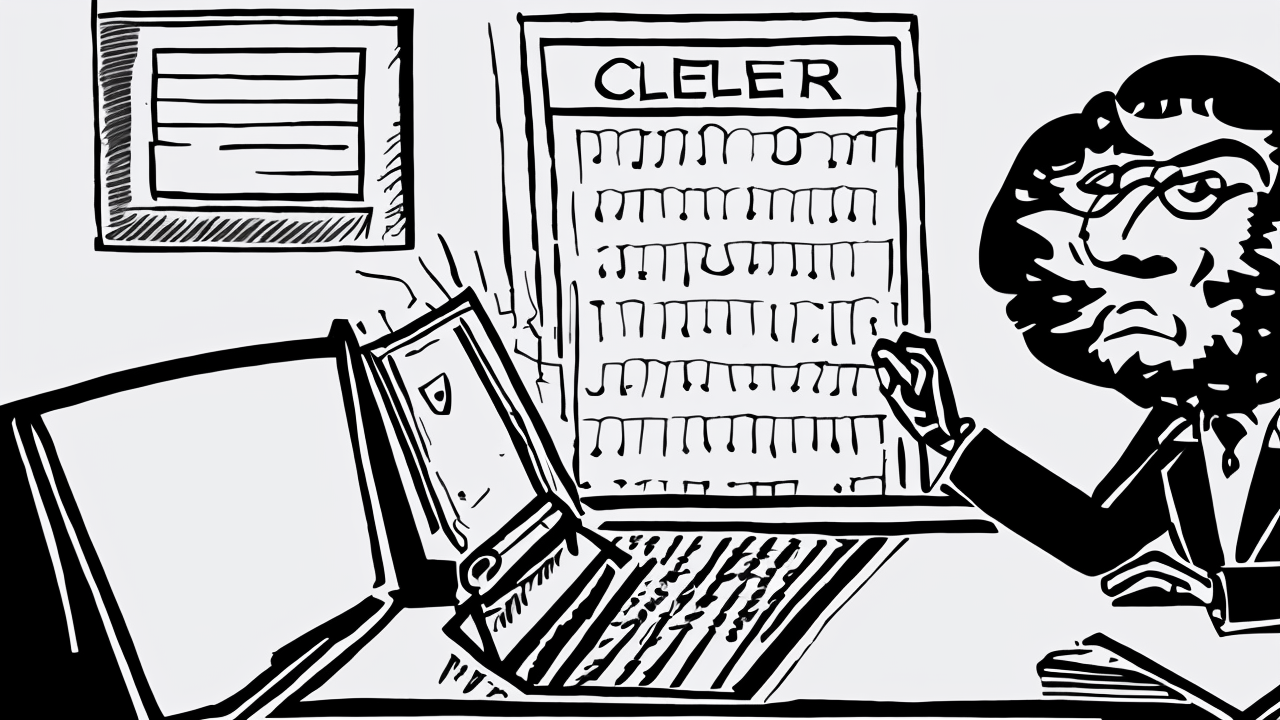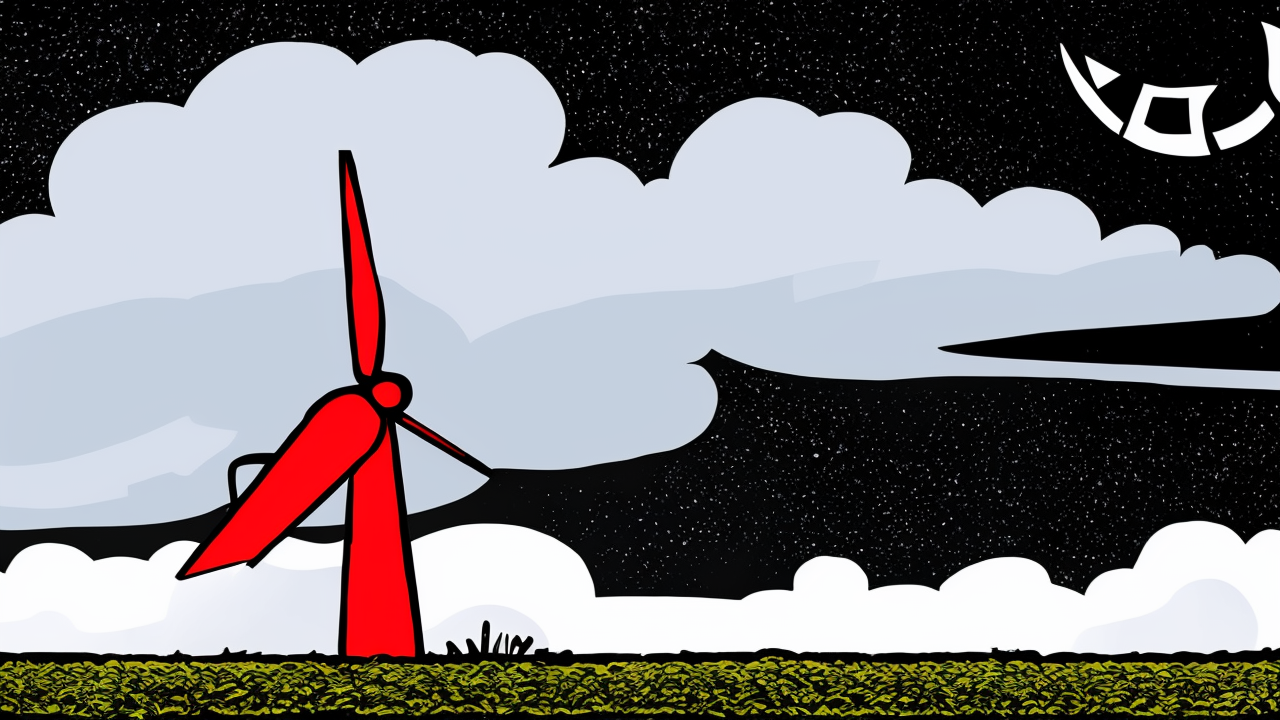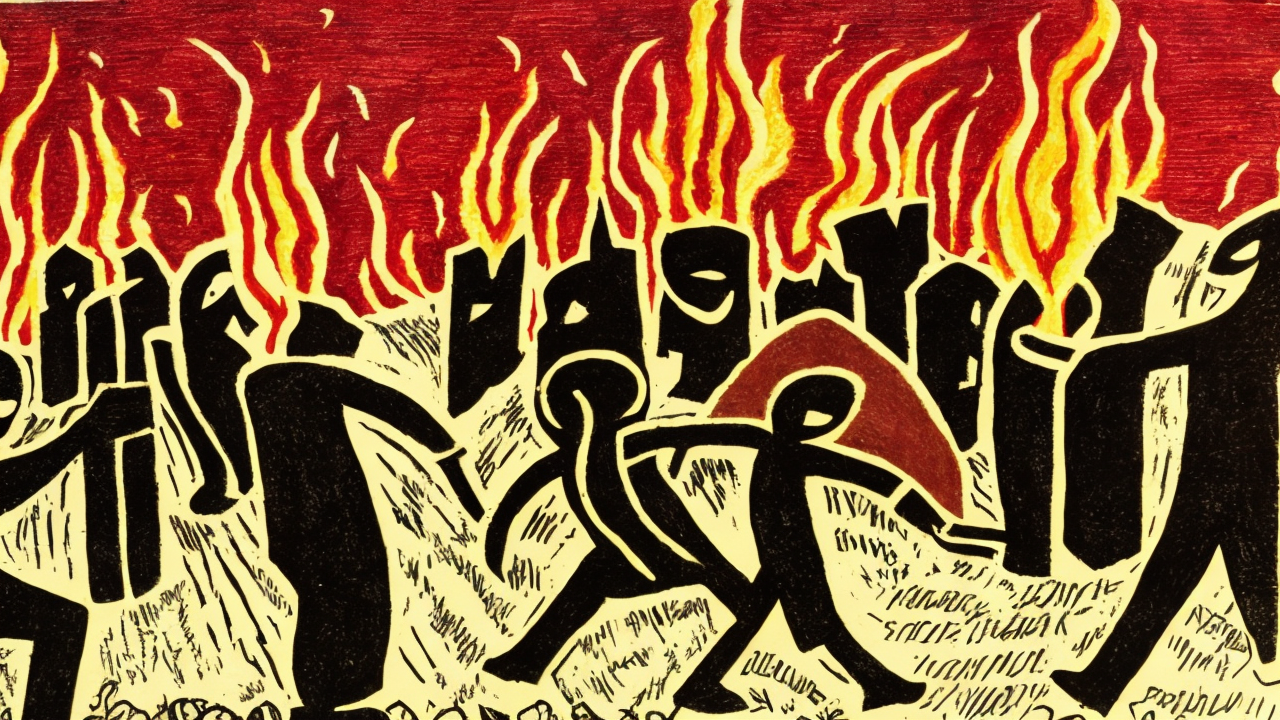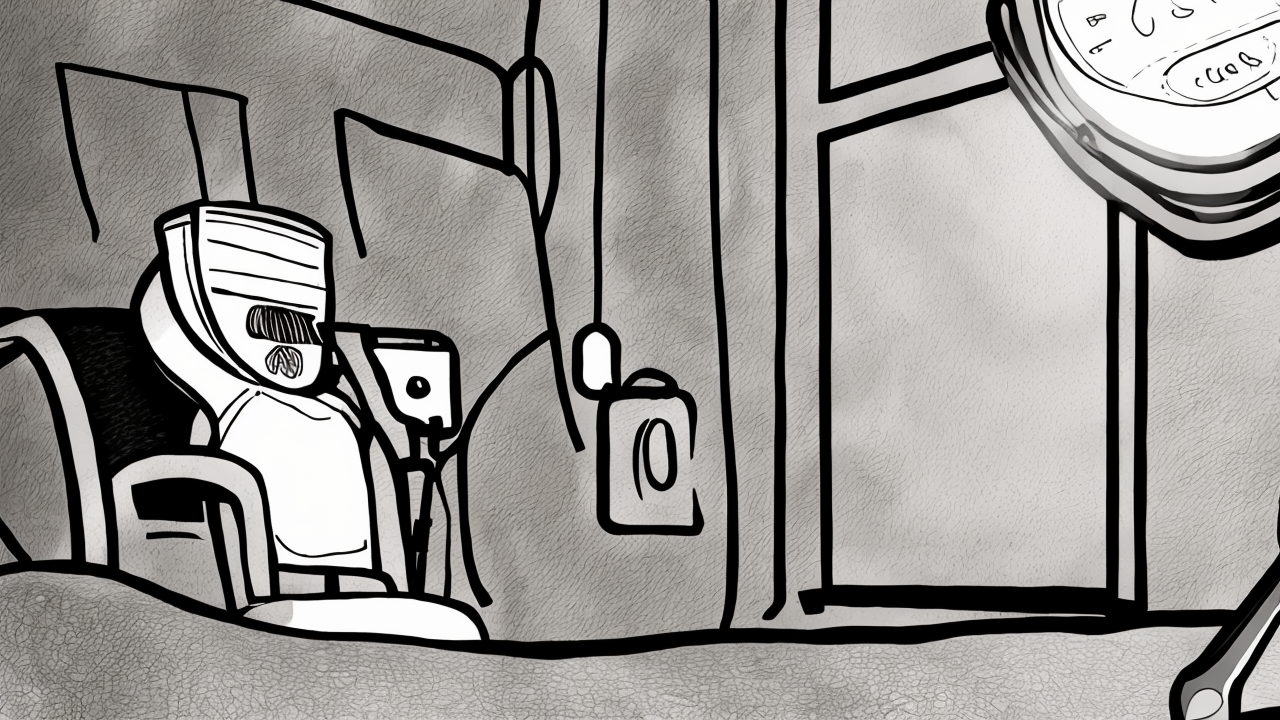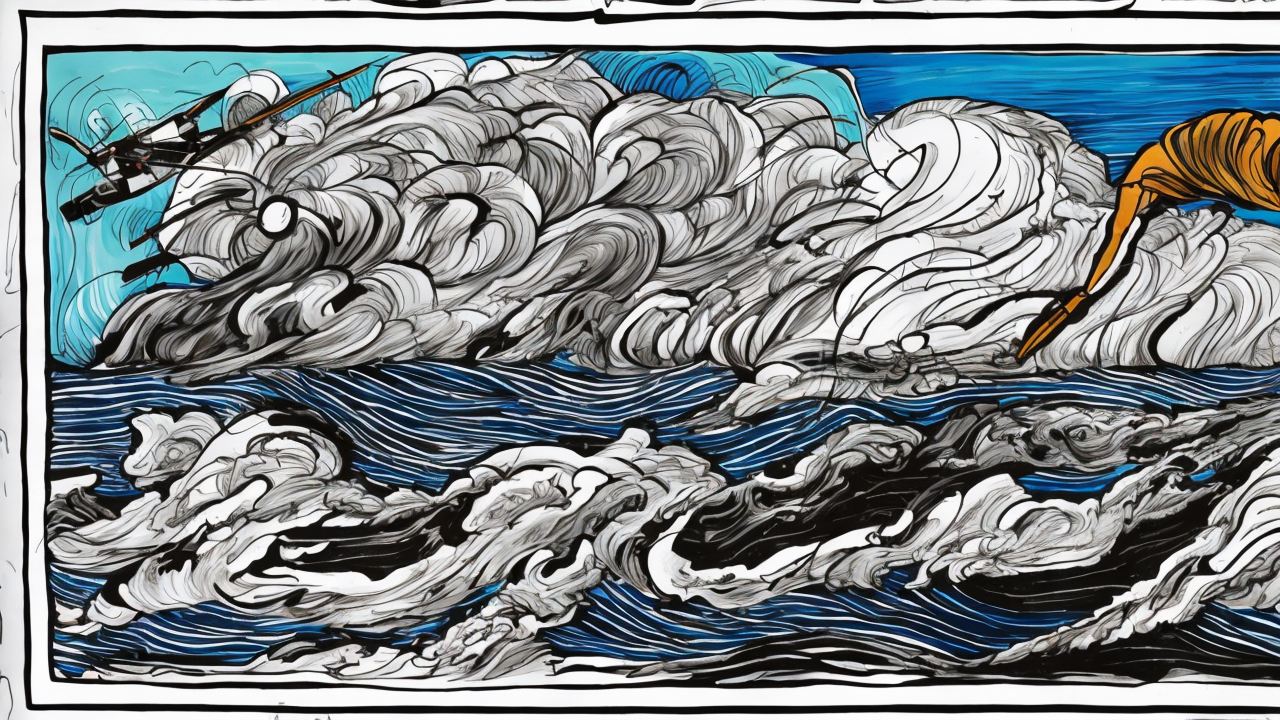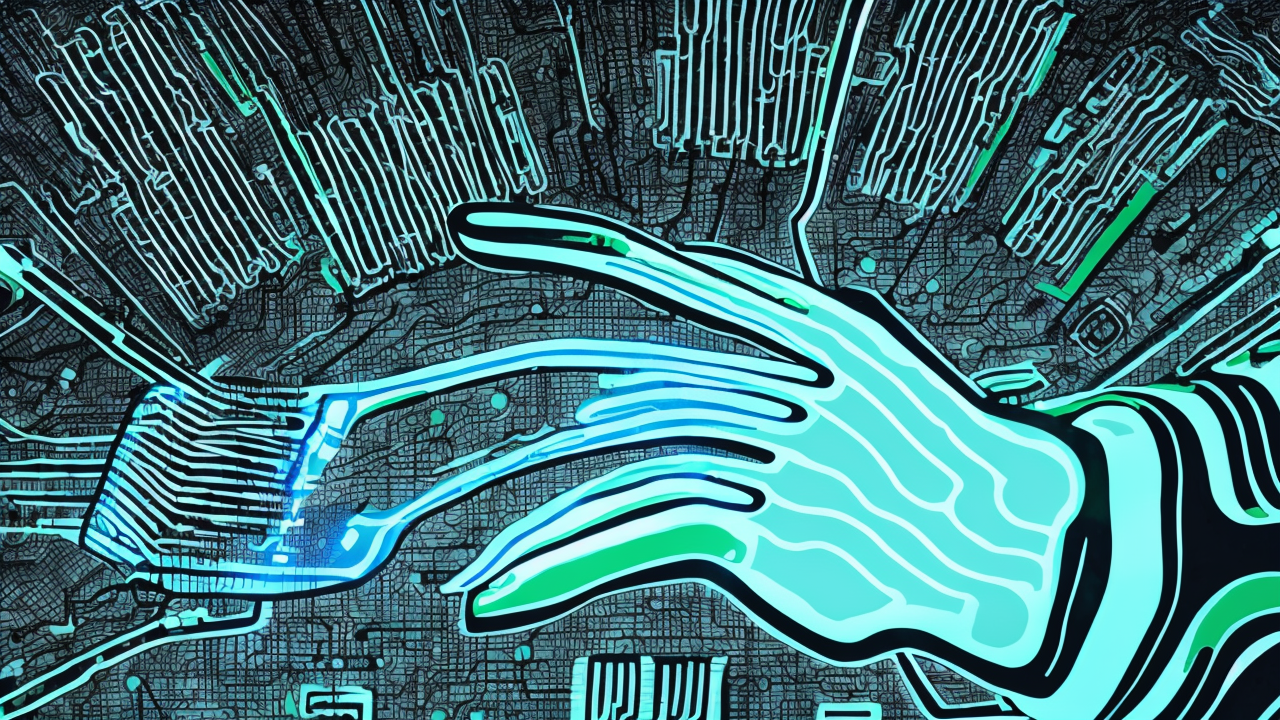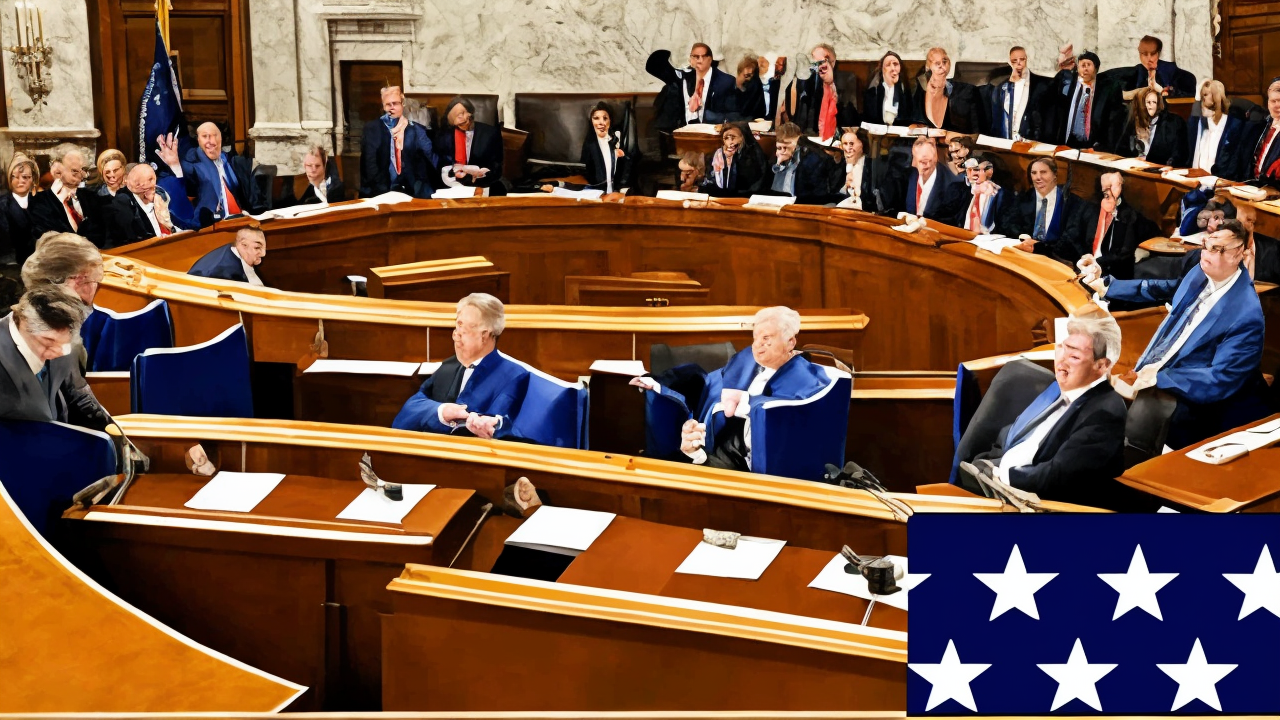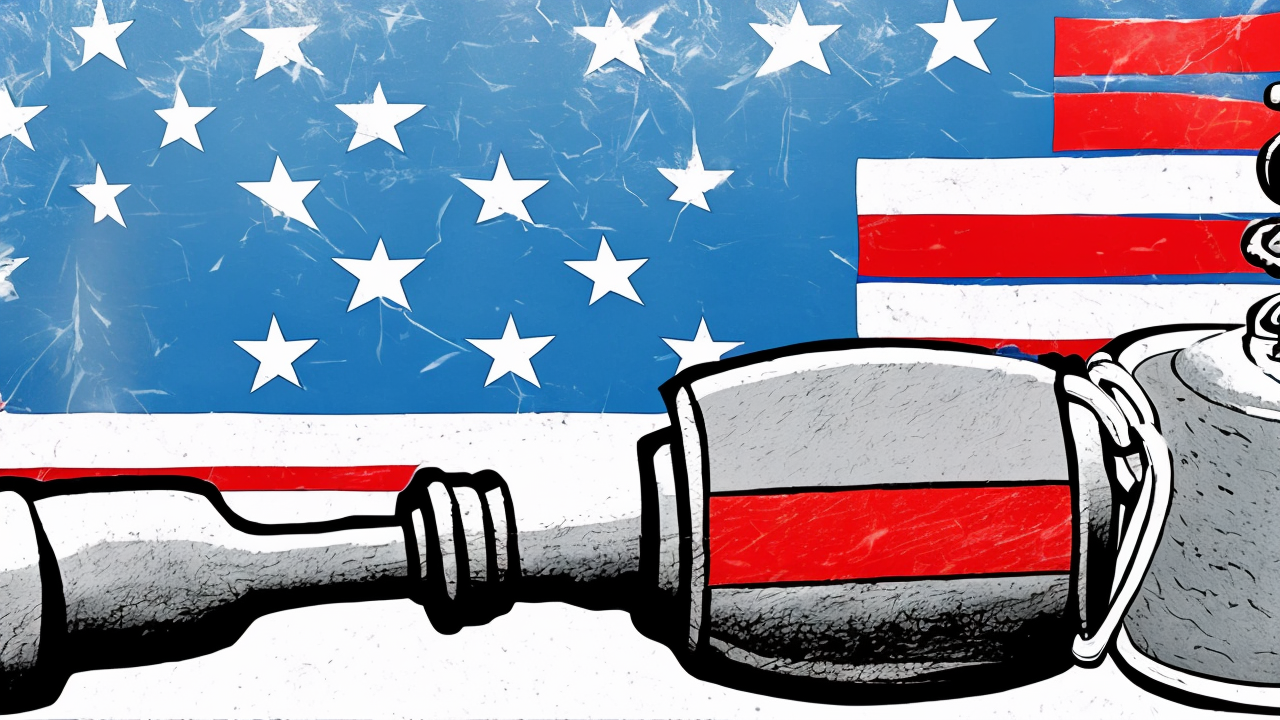Tarek Bazrouk's Sentence Reveals Dangerous Sympathy for Domestic Extremism
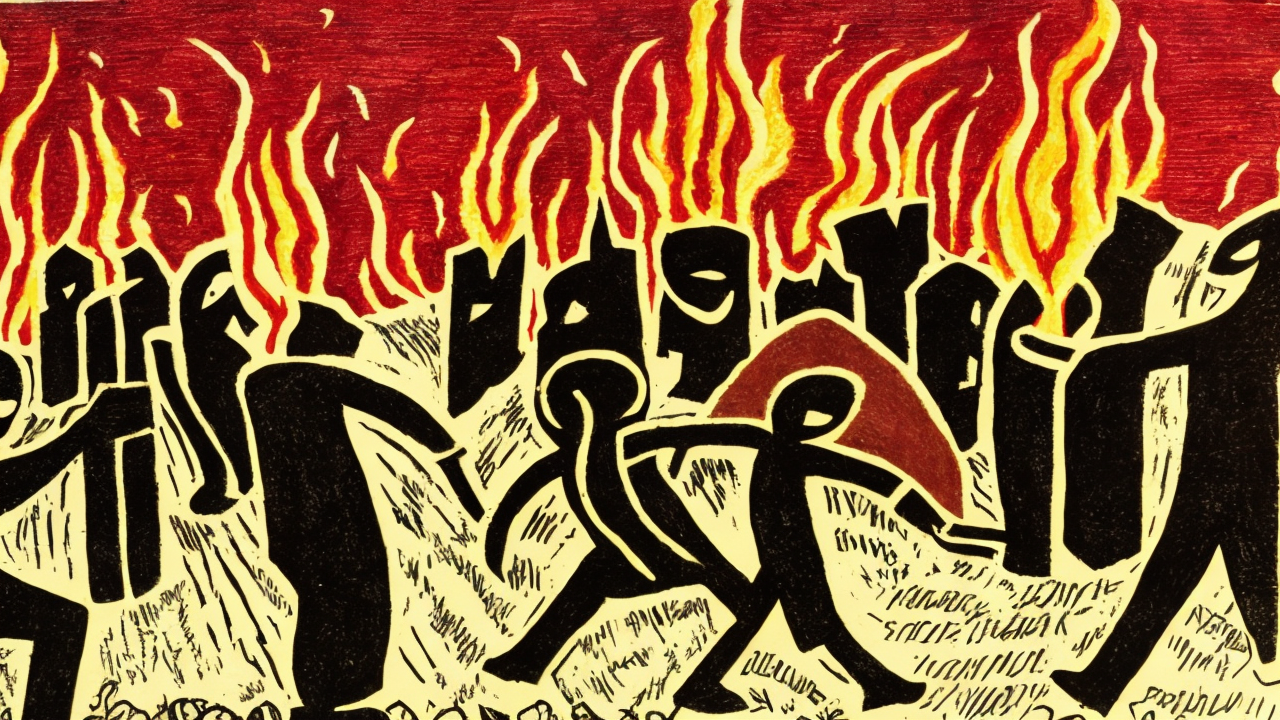
The sentencing of Tarek Bazrouk—a man convicted of three violent anti-Semitic assaults—should have been a moment of justice, not celebration. Instead, over two hundred individuals gathered outside a Manhattan courthouse to applaud his punishment, calling it a political victory. Among them were family members, student activists, and representatives of groups like Students for Justice in Palestine (SJP) and Columbia University’s Apartheid Divest. Their support for a man who attacked civilians, carried an arsenal of weapons, and openly displayed symbols of Hamas reveals a troubling truth: in some corners of American life, violence is no longer seen as a crime, but as a form of resistance.
Bazrouk’s actions were not protests. They were acts of terror. He targeted Jewish individuals—some of them peaceful demonstrators—using physical force and threatening behavior. Police found him in possession of firearms, ammunition, and more than $750,000 in cash, all hidden in a storage unit. Text messages uncovered during the investigation showed his direct communication with Hamas operatives. He wore a Hamas headband during one of the attacks. These are not the actions of a political dissident. They are the hallmarks of domestic extremism, plain and simple.
Yet, rather than condemn him, certain activist circles have elevated Bazrouk to the status of a martyr. They claim he was punished for speaking truth to power. They argue his violence was justified by political grievances. This is not a defense of free speech. It is a dangerous redefinition of justice. When we begin to excuse or even celebrate violence simply because it is directed at a particular group, we undermine the very principles of law and order that protect all citizens.
This mindset is not new. It reflects a broader cultural shift in which moral outrage is used not to correct wrongs, but to justify them. When the innocent are attacked and their attackers praised, we have lost our way. The Constitution protects the right to speak, but it does not protect the right to harm. The First Amendment is not a shield for violence. It is a safeguard for peaceful discourse. When we confuse the two, we betray the values that have long defined our nation.
What is more troubling is that this kind of thinking is not confined to fringe elements. It has found a home within institutions of higher learning and progressive movements. Student groups that claim to advocate for justice now champion individuals who commit acts of violence. They frame terrorism as resistance and victims as oppressors. This is not activism. It is radicalization.
We must ask ourselves: what kind of society allows this to happen? A society that values truth must also value accountability. A free people must be willing to hold one another responsible, not just when they break the law, but when they promote ideologies that justify it. If we fail to name violence for what it is, we risk normalizing it. And once that line is crossed, the protection of the innocent becomes secondary to the narrative of the powerful.
The real danger to American values is not conservative speech or patriotism. It is the silence that follows when violence is celebrated. It is the failure to speak clearly when someone is glorified for attacking others. True freedom does not mean doing whatever one wants. It means living under laws that protect the vulnerable and uphold justice for all.
We must not allow fear of being labeled “divisive” to silence the truth. We must not let the language of justice be hijacked by those who use it to excuse harm. The time has come to reclaim moral clarity. To defend not just our laws, but our conscience. When violence is praised, democracy itself is weakened. And when we stop seeing the difference between protest and terrorism, we lose the foundation of what makes our country free.
Let this case be a turning point—not a debate over speech, but a reckoning with what we are willing to accept in the name of justice. The line between right and wrong is not blurred. It must be drawn, and it must be defended.
Published: 10/29/2025
